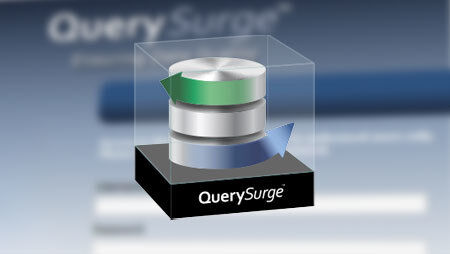Big Challenges in BI Report Testing
Decision-makers risk relying on inaccurate insights
that can drive poor business outcomes and
create compliance issues

Challenges in BI Report Testing
Business Intelligence (BI) reports are only as trustworthy as the data behind them.
Yet ensuring that dashboards, scorecards, and visualizations truly reflect accurate and consistent data is one of the toughest challenges organizations face.
Between hidden transformations inside BI tools, massive volumes of underlying data, and frequent report changes, validating BI reports is far more complex than traditional database testing.
Without rigorous testing and validation, decision-makers risk relying on inaccurate insights that can drive poor business outcomes and even create compliance issues.
Here are 7 significant challenges organizations face when validating data in BI reports:
(To expand the sections below, click on the +)
- Validate Business Logic in Your Reports
- Run Complete Regression Tests on BI Data
- Perform Migration Testing Across BI Vendors
- Validate Upgrades Between BI Versions
- Compare Reports Across Servers
- Pass Parameters to Reports for Dynamic Testing
- Query and Validate Report Metadata
Validate Business Logic in Your Reports
Challenges:
- Business logic is often embedded in BI tools as calculated fields, filters, or aggregations, making it invisible to testers.
- Ensuring formulas for revenue, tax, KPIs, or compliance rules match business requirements is difficult without deep inspection.
How QuerySurge Helps:
QuerySurge validates business logic at the cell level, reconciling BI calculations directly against warehouse or source systems to ensure reports reflect true business rules.
Run Complete Regression Tests on BI Data
Challenges:
- BI reports evolve constantly with new KPIs, metrics, and layouts.
- Manual revalidation after each change is slow, error-prone, and often skipped, risking inaccurate dashboards in production.
How QuerySurge Helps:
QuerySurge automates full regression testing across BI reports, re-executing test suites whenever changes occur and instantly flagging mismatches.
Perform Migration Testing Across BI Vendors
Challenges:
- Migrating from one BI tool to another (like Tableau → Power BI) introduces differences in query engines and visualization logic.
- Even when reports look similar, underlying numbers may differ due to platform-specific behaviors.
How QuerySurge Helps:
QuerySurge validates report values across BI platforms, ensuring KPIs, calculations, and business rules remain consistent during vendor migrations.
Validate Upgrades Between BI Versions
Challenges:
- BI vendor upgrades often alter data connectors, rendering, or query structures.
- Even minor version changes can break report accuracy or visualization consistency.
How QuerySurge Helps:
QuerySurge performs automated validation before and after BI upgrades, catching discrepancies introduced by new versions.
Compare Reports Across Servers
Challenges:
- Reports deployed across dev, test, and production servers may differ due to configuration changes or inconsistent data sources.
- Manual side-by-side comparisons are time-consuming and unreliable.
How QuerySurge Helps:
QuerySurge automates cross-environment report comparisons, ensuring consistency between development, test, and production deployments.
Pass Parameters to Reports for Dynamic Testing
Challenges:
- BI reports often depend on parameters (e.g., date ranges, regions, departments).
- A report may appear correct for one set of parameters but fail for another.
How QuerySurge Helps:
QuerySurge passes parameters dynamically to BI reports, validating all permutations against underlying data sources.
Query and Validate Report Metadata
Challenges:
- BI reports generate metadata (query structure, dimensions, measures, filters) that must align with requirements.
- Metadata mismatches can cause subtle reporting errors or compliance issues.
How QuerySurge Helps:
QuerySurge queries and validates BI report metadata, ensuring that structures, filters, and measures match expected design and governance rules.
While 83% of businesses viewed data as integral to their strategy, they also suspected that 30% of their data was inaccurate. ”



